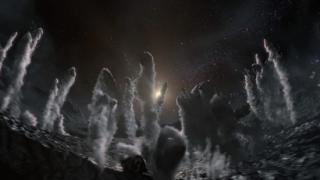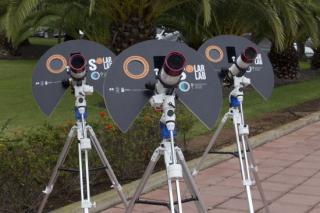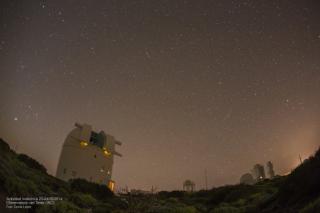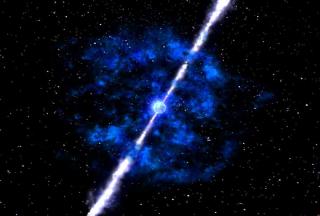
Financed by the FECYT and developed by the IAC, CETA-CIEMAT, and Eurocosmos, it will show the general public material previously seen only through telescopes or via space probes. The audiovisual material will be distributed gratis to any planetarium or projection-hall which requests it.
Advertised on



